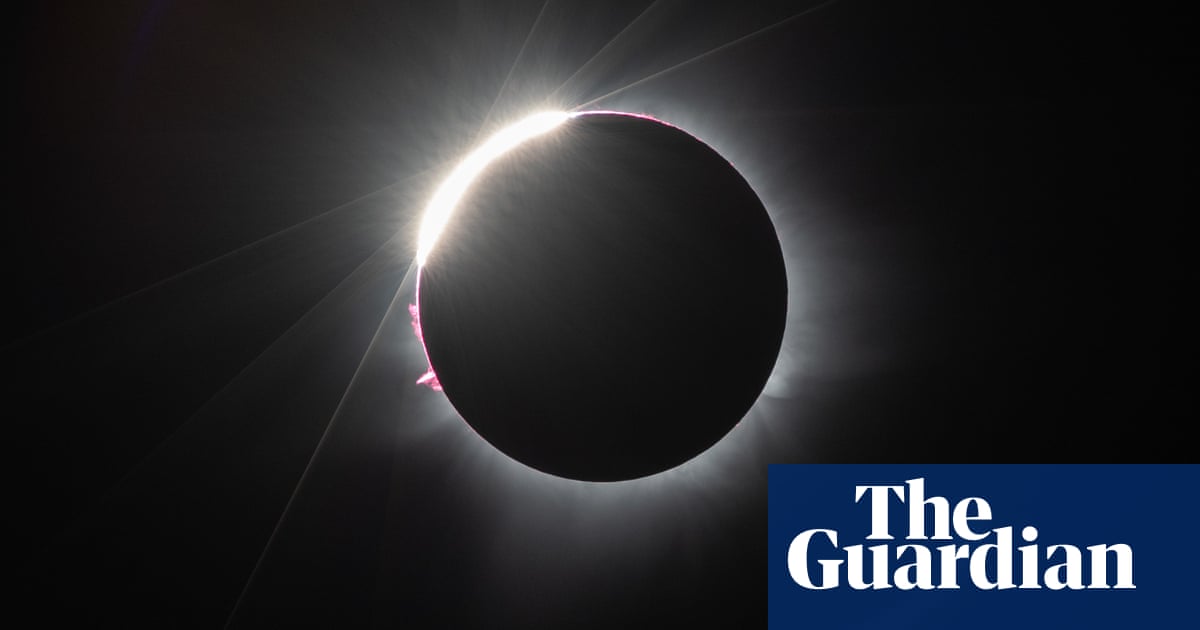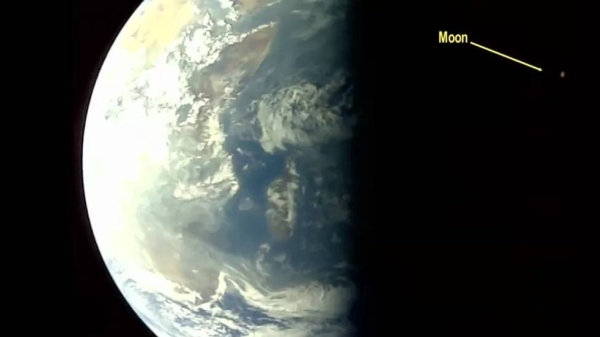
European scientists are preparing to launch a space mission that has been designed to create total eclipses of the sun on demand.
The robot spacecraft Proba-3 will be launched by the European Space Agency (ESA) in a few weeks in a mission which will involve flying a pair of satellites in close formation round the Earth. They will be linked by lasers and light sensors, with one probe blocking the view of the sun as seen from the other craft. The effect will be to create solar eclipses that will last for several hours.
Observing these eclipses will revolutionise the study of the sun and understanding of how it can cause disruptions to power lines, GPS satellites and other earthly technologies, says ESA. The agency believes the mission will also act as a pathfinder for other formation spaceflights that could transform studies of gravitational waves, exoplanets and black holes.
“This is an extraordinarily promising technology,” said solar physicist Francisco Diego of University College London. “It is also highly technically challenging. Getting it right will not be easy, but it will be highly rewarding.”
The mission, which has taken more than 10 years to plan, has involved developing a series of complex sensors that will keep the two satellites locked close together with an accuracy of less than a millimetre as they fly round the Earth 144 metres apart. In effect, the two probes will act as a single 144m-long observatory.
“When the two satellites are in exactly the right orbit, one will release a disk that will exactly the cover the sun as seen from the second satellite and so create eclipses that will last for up to six hours a day,” Proba-3’s project manager, Damien Galano, told the Observer.
On Earth, total solar eclipses occur when the moon passes in front of the sun, blocking out its blinding glare and leaving its fiery atmosphere – the corona – open to study by astronomers.
“Unfortunately, total solar eclipses happen on average every two years or so on Earth, and scientists often have to travel long distances and be at the mercy of the weather to study them – while observations can take place for only a few minutes,” added Diego. “That does not provide much time to make detailed observations.” Similarly, devices – called coronagraphs – that mimic eclipses and which are fitted to telescopes cannot observe the sun’s inner corona in detail.”
Scientists are particularly keen to study the sun’s inner corona because of its temperature. The sun’s surface is around 6,000C, while the temperature of its corona is about 1 million degrees. “That is a paradox,” said Andrei Zhukov, principal investigator for the corona experiment that will be flown on Proba-3. “You would expect it to get colder as it went further from the sun, but that is not the case.”
By allowing scientists to create solar eclipses that last for hours, Proba-3 should generate the data that will solve this mystery. “We will be able to study the inner corona at length and in detail, and generate information that will explain why it is so hot while the sun’s surface below it is relatively cool. That should give us a handle on understanding how the sun influences space weather,” added Diego.
This point was backed by Zhukov: “The sun is the source of disturbances to space weather, which can affect GPS navigation, power transmission and other technology. We need to understand how it does that.”
Improved understanding of the sun’s corona will also be crucial in future space missions. Occasionally an event known as a coronal mass ejection occurs, when the sun throws a huge plume of plasma into space. When this hits Earth’s upper atmosphere, it produces auroras and can occasionally disrupt power transmission.
“In general, we are protected by the atmosphere and the Van Allen radiation belts that surround the Earth,” said Diego. “However, in deep space there is no such protection from this radiation, and if we want to send men and women to the moon and Mars, we want to be able to understand and predict how the sun’s corona is going to behave and so prevent our astronauts from being harmed.”
Proba-3 should do more than revolutionise solar physics, however. As a pathfinder for the technology of flying probes in formation, it could form the core of a whole new approach to robot spaceflight – by using a few small satellites to mimic the operations of a single giant spacecraft, say astronomers.
“The techniques developed to operate Proba-3 could be exploited for many other astronomical missions, including groups of satellites that could study black holes, exoplanets, gravity waves and many other phenomena,” added Galano. “This whole approach to spaceflight has a great deal of promise.”












